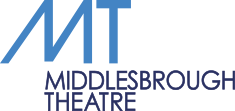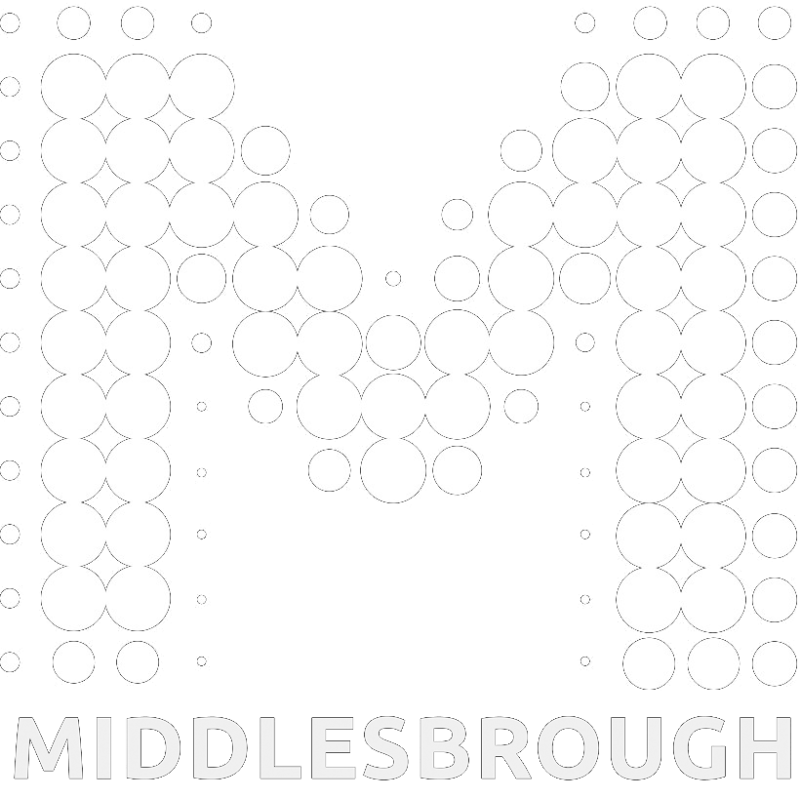The extraordinary history of Middlesbrough Theatre begins with the closure of the Opera House in the 1920s and its conversion to the Gaumont cinema.
As the Middlesbrough Opera House lay dying, Miss Leah Bateman of the Macdona Players put out an appeal: “Keep the legitimate stage alive in your town by every means in your power. The stage is not yet dead, it is temporarily submerged by a wave of celluloid from the west. With the help of good, well-managed amateur societies the torch can be kept burning until such time as the theatre will once more take its rightful place in a society of thinking people.”
In response, representatives from over forty dramatic societies met in 1923 to consider forming a company to keep live theatre active in the area. A variety of performances took place over the following years, and, as a result, the Middlesbrough Little Theatre society was formed in 1930. By 1939 there was a long and impressive list of plays to the credit of the society with many outstanding successes. The war came but, despite the enormous difficulties, the productions were only totally suspended for one season in 1940/41.
From the start, the society’s ambition had always been to have a theatre of their own and in 1944 the building fund was launched with many well-known names as trustees and a flood of donations. Good progress was made towards the modest target of £15,000 and within 19 months, “Parkside” – a commodious house with sufficient land for the site of the theatre – had been purchased. In 1947, with over £14,000 in hand, the new theatre seemed to be a practical possibility in the near future.
A blow fell, however, when the development plan for Middlesbrough was published and “Parkside” was scheduled to become a traffic island of vast proportions. Unsuccessful attempts were made to find an alternative site and in the meantime the rising tide of prices meant that the cost of building had to be re-assessed at £25,000.
The search for a site continued and at last in 1950 the Little Theatre was able to buy Toft House and its spacious grounds for £5,250 through the goodwill of the Constantine family who had already contributed to the building fund.
However, this was the era of the National Austerity programme, which prohibited building except for essential purposes, and it was to be 1954 before the restrictions on building were lifted. In the intervening years, the money accumulated depreciated in terms of purchasing power as the seeds of inflation grew.
Nevertheless, the Committee was not idle. The building fund increased very considerably by the contribution of the assets of the Cleveland Literary and Philosophical Society which amalgamated with the Little Theatre in 1952. Consultations also took place regarding the design of the proposed theatre and specific requirements were submitted in 1954 to the London architects, Messrs. Elder & De Pierro for preliminary plans and costs. No less than four schemes were submitted, but at last in 1955 final plans were approved and the final appeal was launched for a total of £45,000 – three times the size of the estimated cost in 1944.

The building fund now stood at £30,000 and with the help of a grant of £500 from the Arts Council of Great Britain, the committee approached the Town Council for the vast sum of £5,000 under the powers conferred upon it by the Local Government Act of 1948. The Council most generously granted their request and incidentally made history in the encouragement of the arts by Municipal Authorities. Industry and commerce on Teesside also provided support, with a total of 50 firms large and small contributing over £2,800, bringing the total at the time of the theatre’s opening in 1957 to £41,000.
The Chairman had an ace up his sleeve, however. Unbeknown to the society’s officers – or even his wife – the Gulbenkian Foundation had given a last-minute grant of £8,000 – an announcement he made from the stage on the opening night. The outstanding balance of £1,000 was paid off within three months. The final cost of the theatre was £54,357 – a far cry from the original £15,000 estimated in 1944!
Middlesbrough Little Theatre was formally opened on 22nd October 1957 by Sir John Gielgud (who is reported to have asked, when invited to open the theatre, “Where’s Middlesbrough?”)
MLT initially ran the theatre independently, presenting not only their own productions but those of other amateur operatic and dramatic societies as well as hosting visits from professional companies. However, by the mid 1960s the rising costs of running a successful theatre were proving too burdensome for them and they entered into negotiations with Teesside Corporation to take over the theatre. As a result a new Trust was established in 1974.
The most recent step in the theatre’s history came in 1996, when, following a feasibility study by Richard Bell, its name was changed to Middlesbrough Theatre, not least because, with 484 seats and a stage 70’ wide by 40’ deep, it isn’t that little!
Today, the theatre continues as a Charitable Trust, with Middlesbrough Council as sole trustees.




